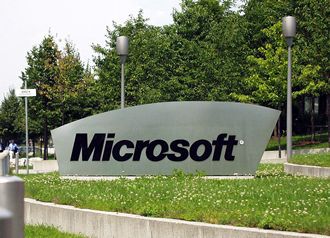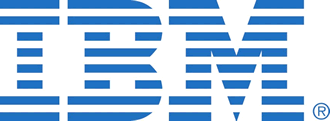 Fruity cargo cult Apple has asked its manufactures between 70 million and 80 million of its two forthcoming large-screen iPhones by the end of the year.
Fruity cargo cult Apple has asked its manufactures between 70 million and 80 million of its two forthcoming large-screen iPhones by the end of the year.
The Wall Street Journal has found sources which claim that Apple has predicted the numbers of people wanting iPhones with 4.7-inch (11.9-cm) and 5.5-inch (14-cm) displays is much larger than the initial order last year of between 50 million and 60 million for iPhone 5S and 5C models.
Foxconn and Pegatron plan to start mass producing the 4.7-inch iPhone model next month, and Hon Hai Precision Industry Co Ltd, whose parent is Foxconn, will begin making the 5.5-inch version exclusively in September.
The Journal was full of the normal predictions about what the iPhone will deliver designed to create some hype in what is actually product similar to what is already out there.
But the numbers suggest that Apple seriously believes that it is on to a money spinner that will eclipse the sales of all other iPhones.
This is a bold statement, given that the smartphone market is saturated and developing markets have only shown slight interest in joining the Apple cargo cult.
Both iPhone 6 screens are expected to use in-cell touch panel technology, built into the screen and allowing for thinner construction than with standard touch panel films, that was introduced with the iPhone 5.
It is possibly this reason, rather than growing worldwide sales, which means that Apple has ordered so many. Word on the street is that there could be difficulties with in-cell production technology for the larger 5.5-inch size.
Apple has ordered shedloads more products because some will not work. Although this sounds sensible, it does mean that a lot of material will be junked. What might worry Apple is that if faults are not detected before they end up in the shops it might create a reputation for unreliability.
















